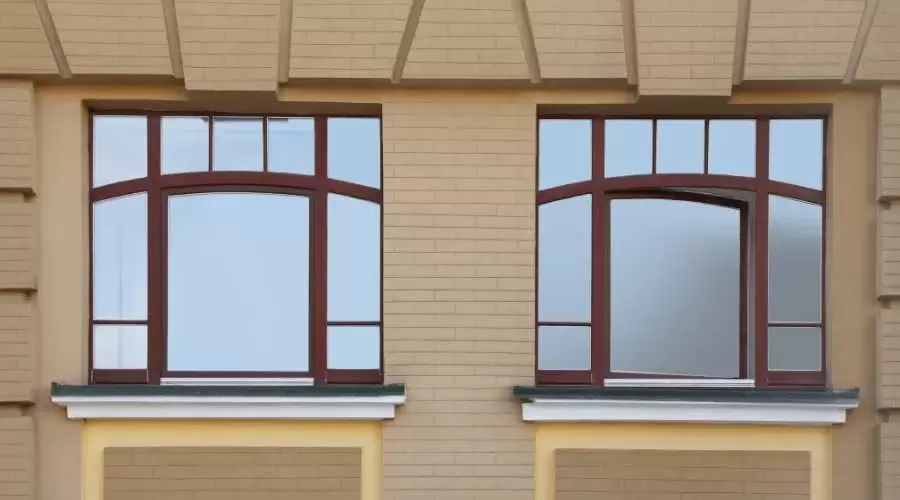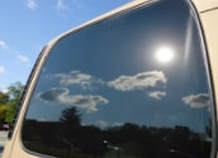|
Automobile tinting has taken off in the automotive industry thanks to the various benefits it offers car owners, such as heat reduction, privacy, and UV protection. In addition to seeming more fashionable, tinted windows give cars a more modern, sleek appearance.
The ROI on window tinting for cars is very good, and there are many more benefits than drawbacks. It's interesting to think about some of the most enduring themes from the past since numerous automotive tinting trends have changed over time. With our cutting-edge styles and methodologies, we have generally been at the forefront of trends and are always creating new ones. Join us as we review some historical car-tinting trends and offer future forecasts. Ceramic Tinting As a more contemporary alternative to traditional dye window tinting, ceramic window tinting was developed in the early years of the new century. It was much more than simply an aesthetic improvement that made this style popular because the ceramic layer gave more heat reduction than other materials. Additionally, it reduced brightness and shielded against UV rays, which can badly harm skin. It also stood out because it was more durable and did not fade or alter color, in contrast to traditional dye tint. We are aware of this trend and are continuing to profit from it by persuading our customers not to buy tint films that are less priced and less effective. Color Tinting Color tinting was one of the most popular automobile tinting (and eyewear) trends in the 1980s and 1990s. The color tints, which were available in a variety of tones and hues, further enhanced the car's appearance. During this time, a parking lot would be crowded with many cars, their windows tinted blue, red, green, or even purple. Auto enthusiasts and followers of lowrider culture were particularly pleased of the idea. But as time passed, the trend lost its allure and became less popular. The majority of jurisdictions, including California, actually forbid the use of colored tints like yellow, red, and blue because they distort drivers' perceptions of street lights and signage, making them exceedingly dangerous. Chrome Tinting Chrome tinting was a popular automotive tinting fad that emerged in the early 2000s. A film was applied to the car's windows to give them a reflective, mirror-like finish that resembled chrome. This type of tinting quickly rose to popularity among enthusiasts of car modifications and customization since it provided a distinctive appearance and completed the final design of the vehicle. It was short-lived, though, because it was difficult to see through the windows with such dark tints. Again, several states have outlawed it since it impairs the driver's vision and disorients other motorists. A lot of chrome tints also dangerously reflect light into the windows and mirrors of other drivers. Matte Tinting In the late 2000s and early 2010s, matte tinting reached its height of appeal. It featured a tinted finish that gave the car a matte or satin surface and a subdued, uniform appearance, which was perfect for vehicles with darker hues. This tint trend became popular because it could be customized to complement various color schemes, offer the car a nice smooth finish, or complement the current wrap films. Carbon Tinting Carbon tinting is one of the most popular automotive tinting ideas right now. It is a high-end tint made from carbon particles. The carbon particles offer excellent UV protection, durability, and heat reduction. The carbon tint also has a high-tech element and a sleek aesthetic that appeals to motor enthusiasts. It provides excellent defense against the sun's dangerous UV rays while also lowering heat and glare. The Development of Vehicle Tinting Like anything else, styles and trends also develop and change over time. Two of the newest trends in vehicle window tinting are gradient tint and DIY tint. Gradient tinting is the process of giving car windows an ombre effect, as opposed to solid-colored window tinting. As more customers make a personal investment in enhancing their vehicles, DIY static tint kits like those we sell are becoming more and more well-liked. Customers' sense of self-worth is increased by the ability to apply their own color themselves with our static tint. Additionally, DIY tint enables users to quickly remove the tint to restore their cars to street-legal status after using them for short-term events like car shows and tinting them deeper than the legally allowed VLT. Car tinting has become a popular trend in the automotive industry since the 1980s. From straightforward color tinting in the 1980s to cutting-edge technologies in the twenty-first century, fashion has evolved over time. Every year, new and cutting-edge tinting methods are presented to car owners. The tinting industry will likely experience many more intriguing trends in the future as a result of improved tools, methods, and technologies. Before applying any type of tint to your car, it's important to do comprehensive research on the cost, legality, and best materials.
0 Comments
Leave a Reply. |
AuthorWrite something about yourself. No need to be fancy, just an overview. Archives
November 2023
Categories |
Yonkers winting tint blog. check back often!
Site by Hellfire Digital Marketing
copyright 2017 Yonkers Window Tinting
copyright 2017 Yonkers Window Tinting

 RSS Feed
RSS Feed



